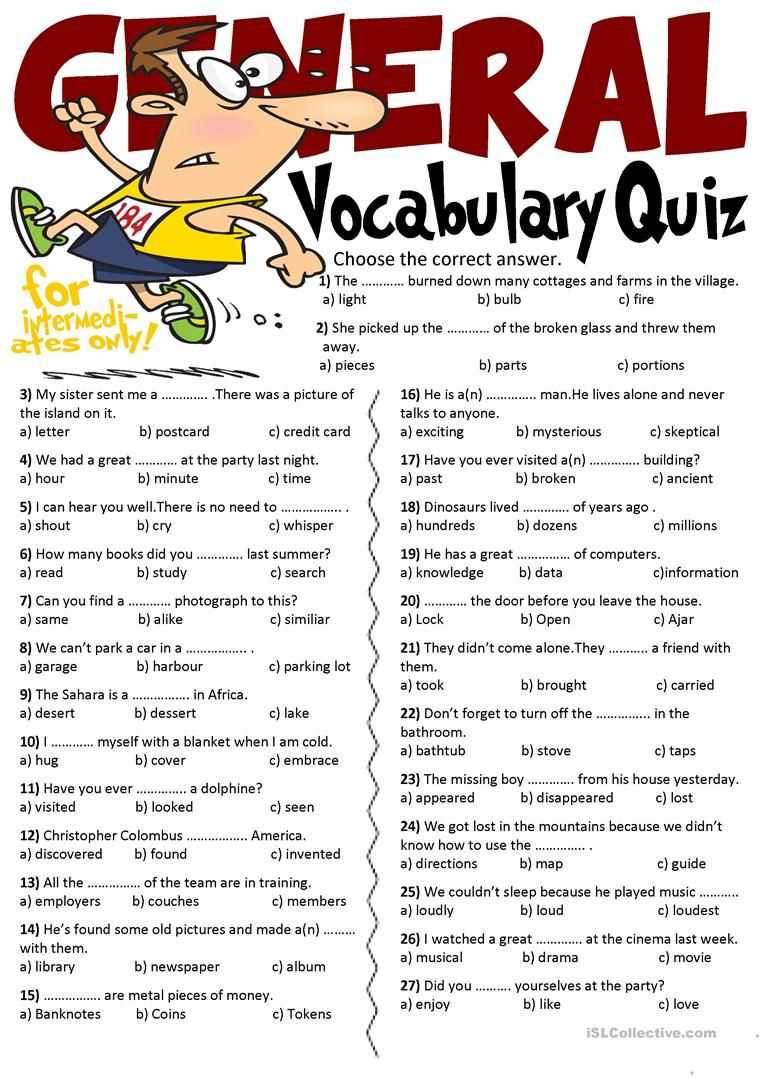
The Cold War was a period of intense geopolitical tension and rivalry between the United States and the Soviet Union, which lasted from the end of World War II until the early 1990s. It was characterized by a state of constant hostility, military buildup, and ideological conflicts between the two superpowers. As a result, a unique vocabulary emerged during this era to describe the various concepts and events that defined the Cold War.
One way to learn and understand this vocabulary is through worksheets, which provide a structured approach to learning key terms and concepts. A Cold War vocabulary worksheet may include a variety of exercises, such as matching definitions to terms, completing sentences with the correct word or phrase, or identifying key events or figures based on provided descriptions.
The answers to a Cold War vocabulary worksheet in PDF format can be a valuable resource for students or anyone interested in gaining a deeper understanding of this critical period in world history. These answers provide clear explanations and definitions, ensuring that learners comprehend the significance of each term. Additionally, having the answers in a PDF format allows for easy access and distribution, making it convenient for educators or individuals studying independently.
Cold War Vocabulary Worksheet PDF Answers
The Cold War Vocabulary Worksheet PDF is a comprehensive resource that provides answers to key terms and concepts related to the Cold War era. This worksheet is designed to help students deepen their understanding of this important period in history. By completing the worksheet and reviewing the answers, students can gain a clearer understanding of the causes, events, and consequences of the Cold War.
One of the key terms covered in the worksheet is “iron curtain.” This term refers to the division between Eastern and Western Europe during the Cold War, specifically the division between the communist countries of Eastern Europe and the non-communist countries of Western Europe. This term is significant because it encapsulates the ideological divide that defined the Cold War period.
Sample Answer:
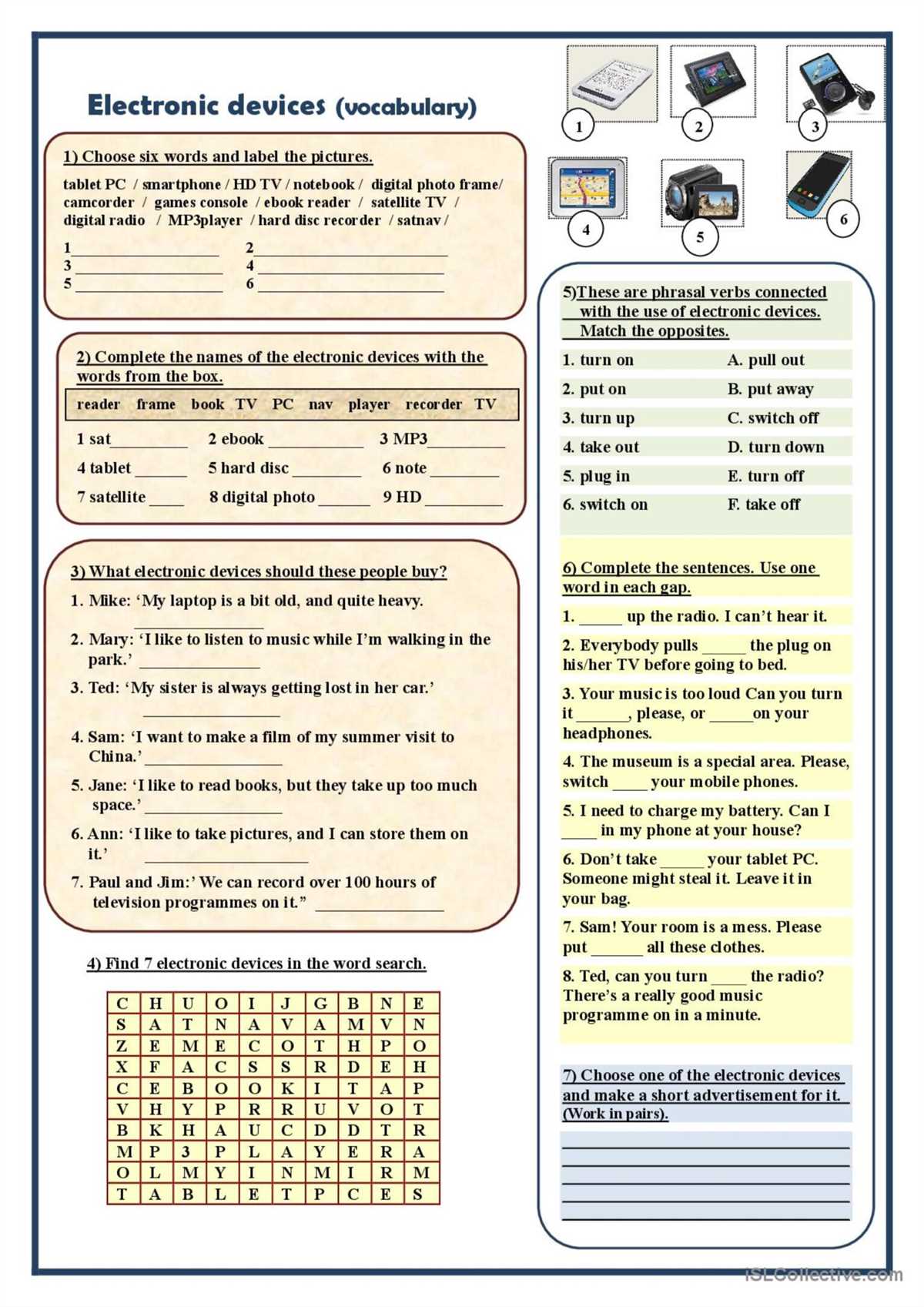
- Iron Curtain: Refers to the division between Eastern and Western Europe during the Cold War, specifically the division between the communist countries of Eastern Europe and the non-communist countries of Western Europe. The term was popularized by British Prime Minister Winston Churchill in a speech in 1946, in which he described the growth of Soviet influence in Eastern Europe as an “iron curtain” descending across the continent.
Another important term covered in the worksheet is “containment.” This term refers to the United States’ policy of preventing the spread of communism during the Cold War. The goal of containment was to limit the influence of the Soviet Union and its allies by providing economic and military aid to countries threatened by communism. Containment was a central pillar of US foreign policy during the Cold War and influenced many of the actions taken by the United States in response to Soviet aggression.
Sample Answer:
- Containment: Refers to the United States’ policy of preventing the spread of communism during the Cold War. The goal of containment was to limit the influence of the Soviet Union and its allies by providing economic and military aid to countries threatened by communism. This policy was first articulated by US diplomat George F. Kennan in a 1947 article, and it became a central pillar of US foreign policy during the Cold War.
In addition to these terms, the worksheet covers a range of other key concepts, such as the arms race, the Cuban Missile Crisis, and the policy of détente. By engaging with these terms and concepts, students can develop a more nuanced understanding of the complexities of the Cold War and its lasting impact on global politics.
About Cold War Vocabulary Worksheet
In the context of the Cold War, a vocabulary worksheet can be a helpful tool for students to expand their understanding of key terms and concepts related to this period of history. The worksheet provides students with a list of words commonly used to describe the political, military, and ideological tensions between the United States and the Soviet Union during the Cold War. By engaging with this worksheet, students can develop their knowledge and comprehension of the Cold War and its impact on global affairs.
The Cold War vocabulary worksheet typically includes words such as “containment,” “arms race,” “iron curtain,” “propaganda,” “nuclear proliferation,” and “detente,” among many others. Students are often required to define each term, provide examples, and explain their significance in the context of the Cold War. This activity encourages students to critically analyze and evaluate the key issues and events that characterized this era.
Additionally, the worksheet may include exercises or questions that require students to apply their knowledge of the vocabulary in a meaningful way. This could involve analyzing primary source documents, discussing the impact of specific Cold War events, or debating the effectiveness of various Cold War strategies. By using the vocabulary worksheet, students can deepen their understanding of the Cold War and its lasting effects on global politics.
In conclusion, a Cold War vocabulary worksheet is a valuable resource for students studying this period of history. It provides an opportunity for students to expand their knowledge and comprehension of important terms and concepts related to the Cold War. By engaging with the vocabulary list, students can develop their critical thinking and analytical skills while gaining a deeper understanding of the complexities of this tumultuous era.
Cold War Timeline
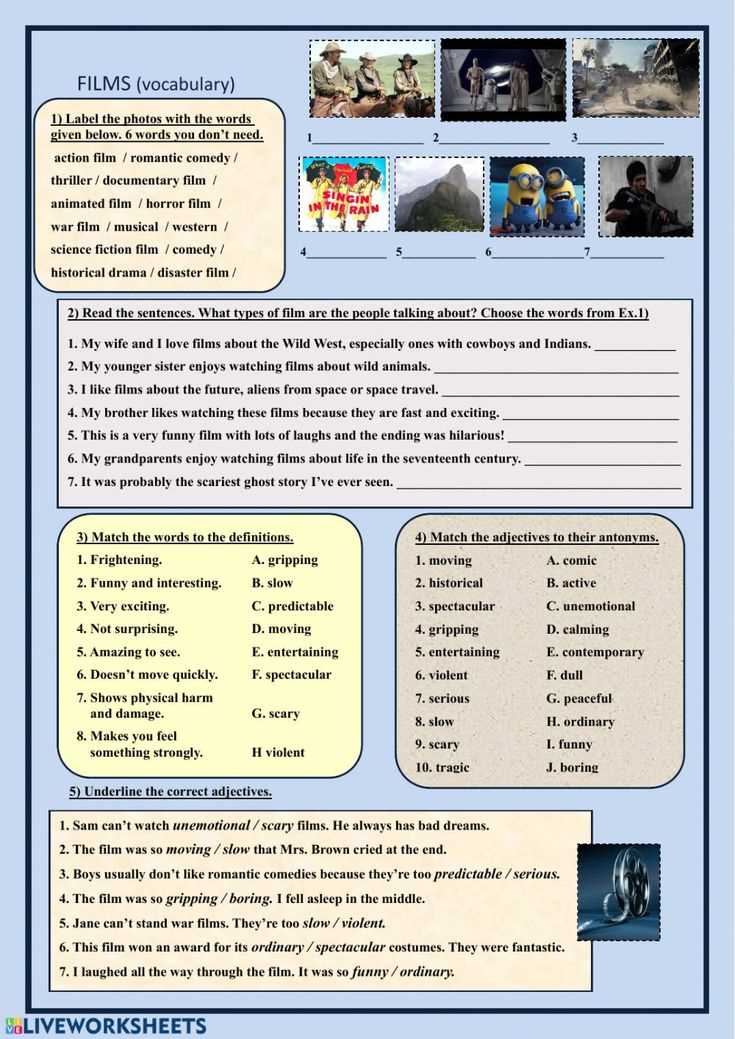
The Cold War was a period of heightened political tension and military rivalry between the United States and the Soviet Union, lasting roughly from 1947 to 1991. This timeline highlights some of the key events and milestones that occurred during the Cold War.
1945-1949:
- 1945: The Allies, including the United States, Britain, and the Soviet Union, defeat Germany in World War II.
- 1947: The Truman Doctrine is announced by President Harry S. Truman, outlining the United States’ policy of containment towards the spread of communism.
- 1948-1949: The Berlin Blockade and Airlift take place, as Soviet forces block all land access to West Berlin. The United States and its allies organize a massive airlift operation to supply the city with necessary provisions.
1950-1959:
- 1950-1953: The Korean War occurs, as North Korea, supported by the Soviet Union and China, invades South Korea, which is supported by the United States and its allies.
- 1955: The Warsaw Pact is established, an alliance of Soviet-dominated Eastern European countries in response to the formation of NATO by Western powers.
- 1959: Fidel Castro comes to power in Cuba, leading to increased tensions between the United States and the Soviet Union.
1960-1969:
- 1961: The construction of the Berlin Wall begins, dividing East and West Berlin.
- 1962: The Cuban Missile Crisis occurs, as the United States discovers Soviet missile installations in Cuba. The crisis marks the closest point to nuclear war during the Cold War.
- 1969: The Strategic Arms Limitation Talks (SALT) begin between the United States and the Soviet Union, aiming to limit the proliferation of nuclear weapons.
1970-1979:
- 1972: The Anti-Ballistic Missile Treaty is signed between the United States and the Soviet Union, limiting missile defense systems.
- 1975: The Helsinki Accords are signed, in which the United States, Soviet Union, and other European countries agree to promote human rights and cooperate on security issues.
- 1979: The Soviet Union invades Afghanistan, prompting the United States to support anti-Soviet rebels in the region, marking a significant escalation of the Cold War.
1980-1991:
- 1985: Mikhail Gorbachev becomes the leader of the Soviet Union and initiates a series of reforms known as perestroika and glasnost.
- 1989: The Berlin Wall falls, symbolizing the end of the Cold War division in Europe.
- 1991: The Soviet Union dissolves, marking the official end of the Cold War.
This timeline provides a brief overview of some of the major events that occurred during the Cold War, showcasing the tension and rivalry between the United States and the Soviet Union that shaped the second half of the 20th century.
Key Terms and Definitions
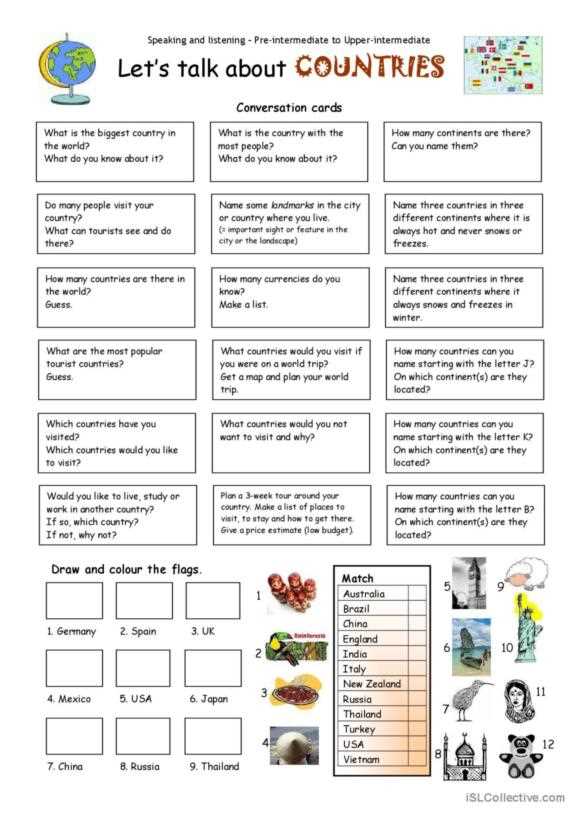
Here are some key terms and definitions related to the Cold War:
1. Cold War
The Cold War was a period of geopolitical tensions between the United States and the Soviet Union, their respective allies, and other countries supporting either side. It lasted from the end of World War II in 1945 until the early 1990s.
2. Superpowers
The United States and the Soviet Union were considered to be the two superpowers during the Cold War. They were the dominant global powers and engaged in a competition for influence and control on a global scale.
3. Nuclear Arms Race
The nuclear arms race refers to the competition between the United States and the Soviet Union to develop and stockpile nuclear weapons. Both countries aimed to possess superior nuclear capabilities as a means of deterrence and maintaining their global positions.
4. Proxy Wars
Proxy wars were conflicts fought between the United States and the Soviet Union, usually through their respective allies. These conflicts were considered part of the larger Cold War struggle for global influence and power.
5. Iron Curtain
The Iron Curtain was a term used to describe the ideological and physical division between Western Europe and the Eastern Bloc countries, specifically those under Soviet influence. It represented the divide between capitalism and communism during the Cold War.
6. Berlin Wall
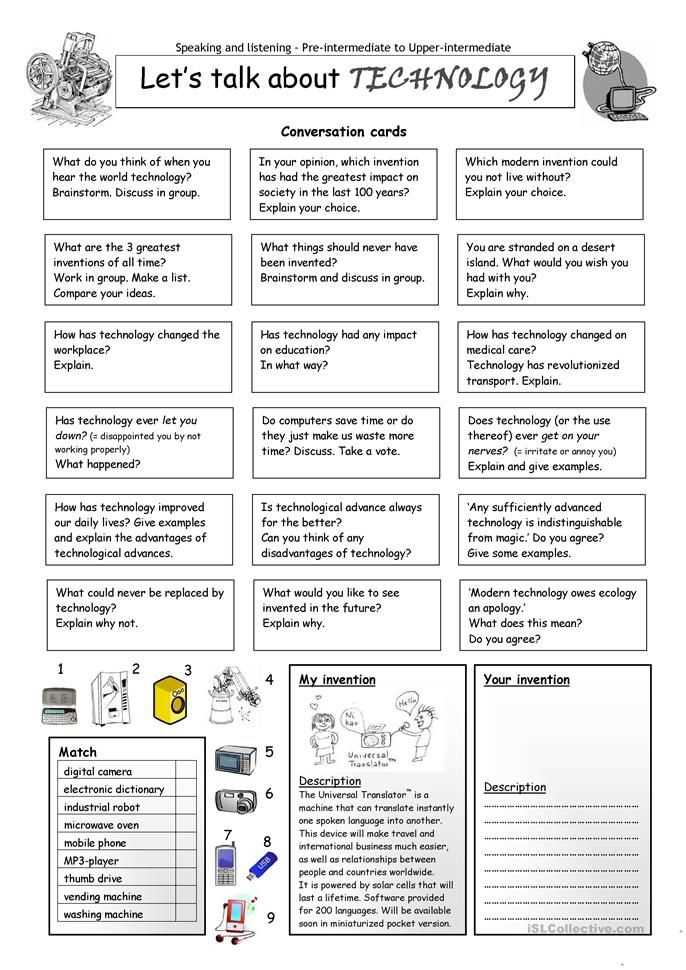
The Berlin Wall was a physical barrier constructed by the East German government to separate East Berlin from West Berlin. It symbolized the division between communism and capitalism and was a significant symbol of the Cold War.
7. Containment
Containment was a foreign policy strategy employed by the United States to prevent the spread of communism. It involved the use of economic, political, and military means to counter Soviet influence and expansion.
8. Detente
Detente was a period of relaxation of tensions between the United States and the Soviet Union during the 1970s. It involved diplomatic initiatives aimed at reducing the risk of nuclear war and promoting cooperation between the two superpowers.
9. Mutually Assured Destruction (MAD)
Mutually Assured Destruction (MAD) is a military doctrine that states if either the United States or the Soviet Union were to initiate a nuclear attack, the other side would respond with such overwhelming force that it would result in the destruction of both countries.
These key terms and definitions provide a basic understanding of the major concepts and events associated with the Cold War. Studying and analyzing these terms can deepen your knowledge of this important period in history.
Answers to Cold War Vocabulary Worksheet
In this worksheet, you were asked to define and explain various terms related to the Cold War. Here are the correct answers:
1. Cold War
The Cold War was a period of political tension and military rivalry between the United States and the Soviet Union, lasting from the end of World War II until the early 1990s. It was characterized by the two superpowers’ competition for global influence and ideological differences.
2. Truman Doctrine
The Truman Doctrine was a policy implemented by President Harry S. Truman in 1947. It aimed to contain the spread of communism and provide economic and military assistance to countries threatened by communism. It signaled a shift in American foreign policy towards an active role in global affairs.
3. Berlin Wall
The Berlin Wall was a physical barrier constructed by the German Democratic Republic (East Germany) in 1961 to separate East Berlin from West Berlin. It was a symbol of the division between the communist and capitalist worlds during the Cold War. The wall stood until 1989, when it was torn down by the people of Berlin.
4. Iron Curtain
The Iron Curtain referred to the political and ideological boundary that divided Europe into Eastern and Western blocs during the Cold War. It was a metaphorical representation of the divide between communist Eastern Europe, under Soviet influence, and the democratic Western Europe.
5. Arms Race
The arms race was a competition between the United States and the Soviet Union to achieve military superiority. It involved the development and stockpiling of nuclear weapons, as well as the advancement of conventional military capabilities. The fear of nuclear war was a major driver of the arms race.
6. Détente
Détente was a period of improved relations and decreased tensions between the United States and the Soviet Union in the 1970s. It involved diplomatic negotiations, arms control agreements, and cultural exchanges. Détente was driven by mutual recognition of the dangers of nuclear war and the need to limit arms competition.
7. Proxy War
A proxy war is a conflict between two or more parties where third parties, often superpowers, support one side in order to achieve their own objectives. During the Cold War, the United States and the Soviet Union engaged in proxy wars, such as the Korean War and the Vietnam War, to advance their interests without directly confronting each other.
8. NATO
NATO, or the North Atlantic Treaty Organization, is a military alliance formed in 1949 by the United States, Canada, and several Western European countries. Its primary purpose was collective defense against any armed aggression. NATO was seen as a counterbalance to the Soviet Union and played a significant role during the Cold War.
9. Warsaw Pact
The Warsaw Pact was a collective defense treaty signed in 1955 by the Soviet Union and several Eastern European countries. It was created in response to the formation of NATO and served as a military alliance between the communist nations of the Eastern Bloc. The Warsaw Pact dissolved in 1991 with the end of the Cold War.
These are the correct answers to the Cold War Vocabulary Worksheet. Make sure to review them and deepen your understanding of these important historical terms.
Additional Resources for Cold War Study
Here are some additional resources that can help you further your understanding of the Cold War:
Books
- The Cold War: A New History by John Lewis Gaddis
- The Cold War: A World History by Odd Arne Westad
- The Cold War: A Global History by Odd Arne Westad
- The Cold War by Robert J. McMahon
Documentaries
- The Cold War (CNN, 1998) – This documentary series provides a comprehensive overview of the Cold War, including key events and figures.
- The World at War (ITV, 1973) – Though not solely focused on the Cold War, this documentary series covers the broader context of World War II and its aftermath, which laid the groundwork for the Cold War.
Websites
- History.com – Cold War – This website offers articles, videos, and interactive features that cover various aspects of the Cold War.
- GlobalSecurity.org – The Cold War – This resource provides a detailed timeline of the Cold War, along with articles on key events and strategies.
By exploring these additional resources, you can gain a deeper understanding of the Cold War and its impact on global history.